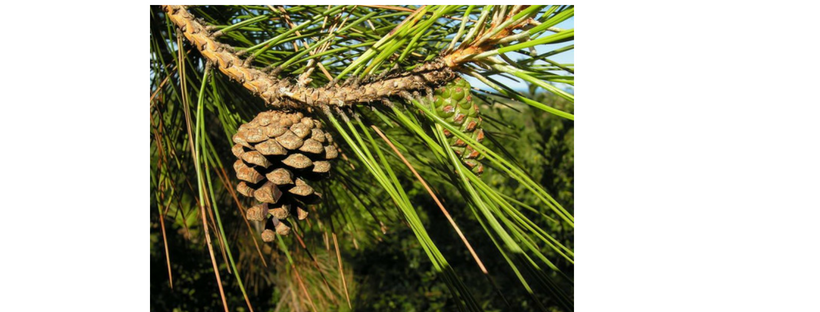The Secrets of the Trees
We hold our Mystic Magic in the Forest weekend retreats at Rosliston, in Rosliston National Forest, near Burton upon Trent, just south of Derby in the Midlands. Our retreats are themed, but often include an appreciation of nature, walks, the significance of trees in Spiritual and Pagan history, and their myths and legends
.
This blog charts the story, in instalments, of those trees, and all of those to be found at Rosliston, around forty species. Each tree is to be found at Rosliston, but may also be found more widely around Great Britain, Europe, North America and beyond.
In these blogs I describe each tree, explain where they are found, what their history is and how they have related to our history. I also explore the myths and legends surrounding the trees in different countries and from different traditions as well as how herbalists have used them to treat human conditions and how products from the trees have been used throughout history.
I hope that you enjoy reading these tree blogs as much as I have enjoyed writing them for you. If you would like to come and see them in their natural habitat why not join us for one of our retreats?
Corsican Pine – Pinus Nigra
This variety of black pine is fast growing and has a remarkably straight trunk which is lightly branched. Known in Latin as the Pinus nigra ssp. laricio, this type of pine tree is native only to the island of Corsica. The Corsican pine is only suitable for use as a timber crop in the south and eastern side of Britain where there is low summer rainfall and higher levels of sunshine.
Corsican pine was first introduced in 1759 and its timber was used for railway sleepers and pit props. Though not naturally durable, and considered inferior to Scots pine, it takes preservatives well and is valued for its straight cylindrical trunk.
It is used for general building work, pit props, telegraph poles, and it can be made into plywood. Its large shining cones are always one-sided or oblique. The needles are long, grouped in pairs and have a distinctive twist. The fissured, dark greyish-brown bark breaks off easily. This slender, conical tree can reach up to 27 metres tall with horizontal branches and live to 500 years.
Pine resin can be distilled to produce turpentine. The rosin residue is used for violin string, paints and varnishes. The resin was also used as a pitch to seal boats. It is a powerful bronchial disinfectant, and can relieve respiratory, kidney and bladder problems as well as being a useful antiseptic.
The Vikings used pine for prow figureheads and is associated with the return of the sun and rebirth. Pine trees are thought to be the home of faeries and the Spirit King of forests and are central to the Tree of Cybele legend (qv).








